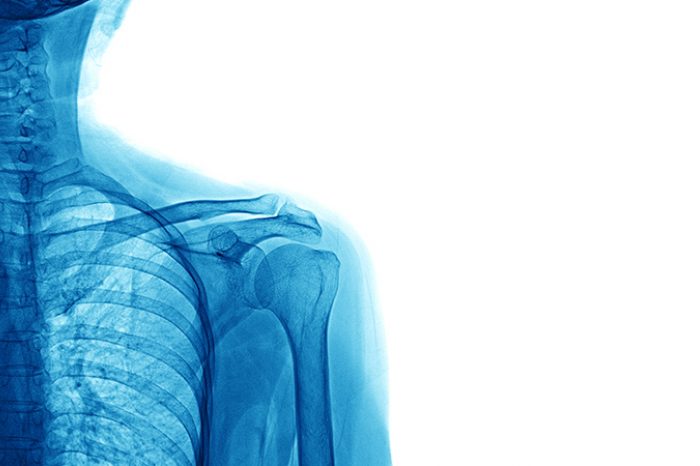
A sports medicine physicians training and expertise is focused on the non-operative treatment of sports injuries and chronic musculoskeletal conditions. Over 90% of musculoskeletal injuries are treated non-operatively, and both a sports medicine physician and orthopedic surgeons will often suggest conservative treatments first when appropriate.
You should default to a sports medicine surgeon is if you are fairly certain your situation will require a procedure to remedy, otherwise, both are great options and can provide care for acute and chronic injuries. In cases where you are trying to manage your injury or orthopedic condition non-operatively, a sports physician may also offer minimally invasive alternatives to surgery (ie PRP, stem cells/biologic injections, Tenex, hydrodissection).
What is sports medicine?
A sports medicine physician is a physician who has additional training in musculoskeletal injuries and concussions. To become a sports physician you must have a medical doctor with a M.D. or D.O degree and be:
Board certified in emergency medicine, family medicine, internal medicine, pediatrics or physical medicine & rehabilitation.
Has completed an accredited fellowship in sports medicine
Has passed a national board examination in sports medicine allowing them to hold a Certificate of Added Qualification (CAQ) in Sports Medicine, and is recognized as a subspecialty by the American Board of Medical Subspecialties.
What is the difference between a sports physician and an orthopedic surgeon?
Orthopedic surgeons and sports medicine physicians specialize in the treatment of musculoskeletal pathology. Most (and I said most not all) orthopedic surgeons are trained to assess for structural damage requiring surgical repair, and are trained to perform surgery.
Primary care sports medicine have additional training in non-operative treatments and can offer alternatives to surgery. If surgery is needed your sports medicine physician will refer you to an orthopedic surgeon, and if needed can accelerate referral to a surgeon. However, most sports and orthopedic conditions do not require surgery. The NCAA Injury Surveillance Program reported that only 4% of injuries required surgery during a 5-year period from 2009 to 2014 (Kerr, 2015).
What does a sports medicine physician treat?
A sports medicine physician can treat acute injuries (ie ankle sprains, knee and shoulder injuries, bone fractures, concussions, etc), overuse injuries (ie stress fractures, rotator cuff impingement, bursitis, plantar fasciitis, tendinitis or tendinopathy), and osteoarthritis.
Does a sports medicine specialist just treat athletes?
Musculoskeletal injuries do not have to occur in sports, and injuries can be from car accidents or injuries that occur from chronic wear and tear, such as arthritis and tendinitis or tendinopathy. Sports medicine physicians can provide comprehensive medical care for the non-athlete, “weekend warrior”, people with physically demanding jobs, as well as the competitive athlete.
When should I look for in a sports medicine physician?
Research the physicians in your area, including previous experience, education and reputation. Sports medicine is a subspecialty with additional training, but different physicians may offer different treatment options. If you are looking for alternatives to surgery, make sure your physician can offer the spectrum of treatments including ultrasound guided injections, PRP injections, stem cell or biologic injections, Tenex for chronic tendon injuries, hydrodissection for nerve entrapment.
What does the D.O. stand for?
DO stands for “Doctor of Osteopathic Medicine”. Both MDs (“Doctor of Medicine”) and Dos attend medical school and take exams to be licensed physicians. An MD and DO receive practically the same medical training, and both must complete 4-years of medical school followed by residency. In 2020, MD and DO merged residencies, meaning that physicians that graduate from medical school creating a single accreditation system for graduates of US medical schools.
Both MDs and Dos learn the same scientific foundations during medical school, and can prescribe medications and treat diseases with equal competency. Osteopathic school also teaches a holistic approach and teaches osteopathic manipulative medicine (OMT) to treat specific musculoskeletal injuries.
Why Boston Sports & Biologics?
At Boston Sports & Biologics we offer the most advanced non-operative and minimally invasive treatments for acute and chronic orthopedic conditions. Diagnostic ultrasound and ultrasound guided injections increasing the accuracy and efficacy of the procedure.
For more information contact us at:
References
Kerr ZY, Marshall SW, Dompier TP, et al. College Sports–Related Injuries — United States, 2009–10 Through 2013–14 Academic Years. 2015;64(48);1330-6. (Accessed 2/28/2020, https://www.cdc.gov/mmwr/previ...)
Adductor longus selective tenotomy is a modern surgical treatment for chronic groin pain that offers faster recovery and better outcomes than traditional full release surgery. The adductor longus, an inner thigh
Read MoreDiscover how ultrasound helps diagnose plantar fat pad atrophy, a leading cause of ball-of-foot pain. Learn about symptoms, thickness cutoffs, and why early detection matters for relief.
Read More